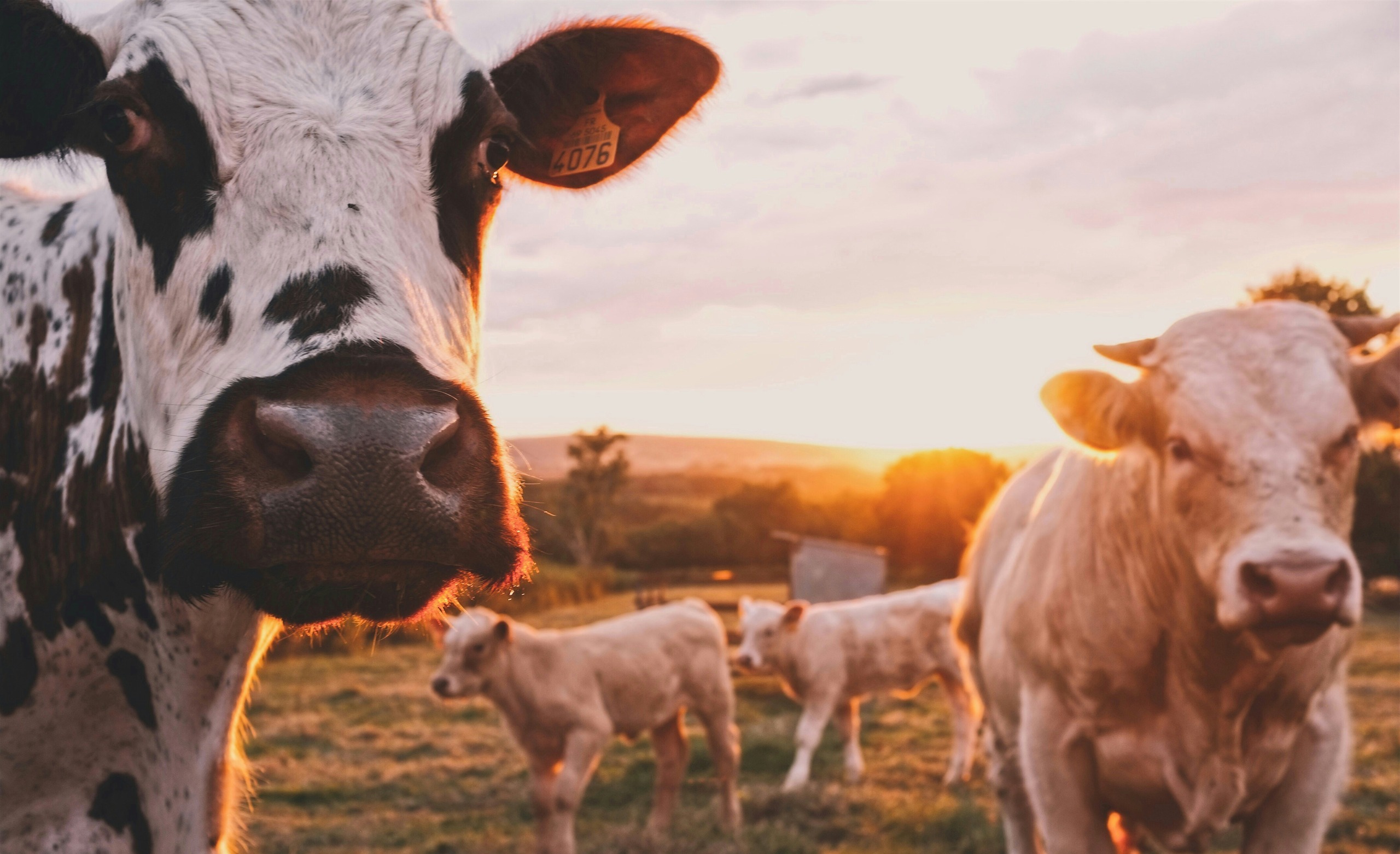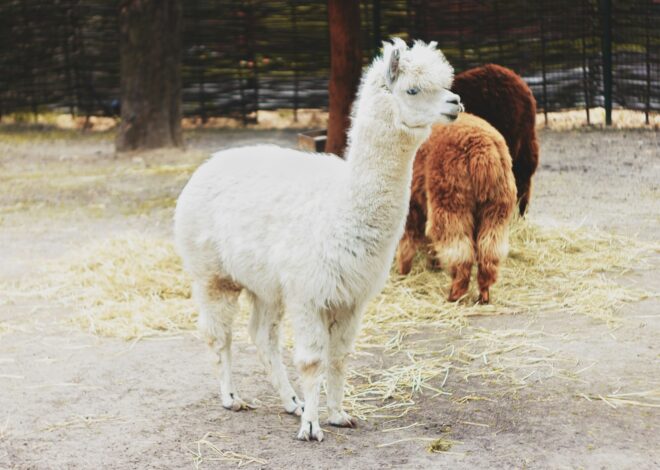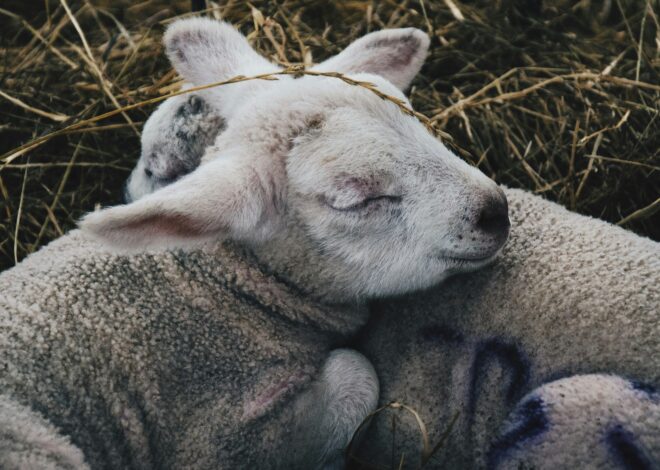
How To Raise Cattle For Beginners
Are you ready to dive into our step-by-step guide on how to raise cattle for beginners? Whether you’re dreaming of wide open pastures or envisioning your own sustainable source of meat and milk, raising cattle can be a fulfilling endeavor. But where do you start?
With so much information out there, it can feel overwhelming for beginners. Fear not! This guide is tailored just for you. We’ll explore everything from choosing the right breed to managing their health, ensuring that your journey into cattle farming gets off on the right hoof.
Get ready to learn how to raise cattle with confidence and passion!
Benefits of Raising Cattle
Raising cattle offers numerous rewards that extend beyond just meat production. One significant benefit is the steady income potential. With a well-managed herd, farmers can sell beef, milk, or even breeding stock. Cattle also play a vital role in land management.
They graze on grass and help maintain healthy pastures. Their manure serves as an excellent natural fertilizer, enriching the soil and promoting plant growth. Additionally, raising cattle fosters strong community ties.
Many ranchers participate in local markets and fairs, connecting with others who share their passion for agriculture. For those looking to be more self-sufficient, having a few head of cattle can provide food security.
Fresh milk and quality beef at home enhance your family’s nutrition while reducing grocery bills. There’s a deep sense of satisfaction in nurturing animals and contributing to sustainable farming practices. It’s not just about profit; it’s about stewardship of the land and livestock.
Essential Equipment for Raising Cattle
When raising cattle, having the right equipment is crucial for success. First on your list should be sturdy fencing. This keeps your herd secure and prevents them from wandering off. Water troughs are also essential. Cattle need fresh water daily to stay healthy and hydrated.
A reliable source ensures they have access at all times. You’ll need feeding equipment too, like hay feeders or grain bins. Proper nutrition supports growth and overall well-being. Consider investing in a livestock scale as well. Weighing animals helps monitor their health and weight gain effectively.
Don’t forget about handling tools such as chutes or headgates for easy management of your cattle during vaccinations or inspections. Ensure you have basic maintenance supplies like first-aid kits, grooming tools, and feed storage containers ready to go when needed. Each piece plays a vital role in nurturing a thriving cattle operation.
Different Breeds of Cattle and their Characteristics
When diving into cattle farming, understanding the different breeds is crucial. Each breed boasts unique traits suited for various purposes. Angus cattle are well-known for their high-quality beef and docile temperament. Their solid black color makes them easily recognizable in any pasture.
Holsteins, on the other hand, are famous for milk production. These striking black-and-white dairy cows can produce more than 22,000 pounds of milk annually—impressive! If you’re looking for hardiness and adaptability, consider Herefords. They thrive in diverse climates and provide excellent beef quality.
For those interested in a dual-purpose breed, Jerseys offer both good milk yield and flavorful meat. Their rich cream-colored milk is sought after by many dairies. Brahman cattle are perfect if heat resistance is a priority. With loose skin that helps regulate temperature, they’re ideal for hotter regions while offering great crossbreeding opportunities with other breeds.
Setting up Your Cattle Farm
Setting up a cattle farm requires careful planning and organization. Start by choosing the right location, ideally with ample grazing land and access to water sources. Next, create secure fencing that keeps your cattle safe while allowing them freedom to roam.
Good perimeter fences are crucial for preventing unwanted intrusions. Consider shelter options too. Cattle need protection from harsh weather conditions like rain or extreme heat. Simple barn structures can provide much-needed shade and comfort. Designing feeding areas is essential as well.
Ensure you have space for hay storage and troughs to accommodate all your animals effectively. Plan for waste management systems to maintain cleanliness on the farm. Proper drainage will help keep pastures healthy and reduce disease risks among your herd. Each decision contributes significantly to a thriving environment where cattle can flourish.
Feeding and Nutrition for Cattle
Feeding and nutrition play a vital role in raising healthy cattle. A balanced diet ensures optimal growth, reproduction, and milk production. Cattle primarily require forage as their main food source. This includes grass, hay, or silage. Quality forage is essential for proper digestion and overall health.
Supplementing with grains can enhance energy levels, especially during the breeding season or lactation phase. Corn and barley are popular choices that provide quick energy boosts. Minerals and vitamins should not be overlooked. Calcium, phosphorus, magnesium, and trace minerals support bone development and metabolic functions.
These can usually be provided through mineral blocks or supplements. Water intake is equally important; cattle need access to fresh water daily to stay hydrated. Establishing multiple watering points can encourage consistent drinking habits among your herd.
Monitoring body condition scores will help you adjust feeding strategies as needed throughout different seasons of the year.
Health and Care for Your Cattle
Maintaining the health of your cattle is vital for a thriving farm. Regular veterinary check-ups are essential. Vaccinations, deworming, and dental care should be part of their routine. Observe your herd daily. Look for signs of illness like lethargy or changes in appetite. Early detection can save lives.
Clean water and proper shelter go hand in hand with good health practices. Ensure that they have access to fresh drinking water at all times, especially during hot weather. Nutritional balance is critical too. High-quality hay and grain supplements provide necessary vitamins and minerals to support growth and reproduction.
Implement a solid hoof care regimen as well. Trimming hooves regularly prevents lameness issues that could affect mobility. Creating a stress-free environment will enhance overall well-being in your cattle. Low-stress handling techniques promote better behavior during feeding or medical procedures.
Breeding and Reproduction of Cattle
Breeding and reproduction are fundamental to a successful cattle operation. Understanding the reproductive cycle of your herd is key to planning breeding schedules effectively. Cows typically have a 21-day estrous cycle, making it vital to monitor for signs of heat.
Artificial insemination (AI) is a popular technique that allows you to select superior genetics without maintaining multiple bulls. It can enhance the quality of your herd over time. However, natural breeding also has its advantages, particularly in small herds where managing AI may be challenging.
Pregnancy lasts about nine months. During this period, proper nutrition and care are essential for both the cow and her developing calf. Once calves are born, it’s important to ensure they receive colostrum within hours for optimal health benefits.
Keeping records of breeding dates and offspring will help improve management strategies as you gain experience in raising cattle.
Marketing and Selling Your Cattle
Marketing and selling your cattle effectively can significantly impact your profitability. Start by understanding your target market. Are you focusing on local buyers, or do you want to reach out to larger suppliers? Knowing your audience helps tailor your approach.
Networking is essential in the cattle industry. Attend livestock shows, fairs, and community events. These are excellent opportunities to showcase what you have for sale while building valuable relationships with potential customers.
Utilize online platforms as well. Websites and social media channels allow for broader exposure. Creating engaging posts with quality images of your cattle can attract interest quickly. Consider using auctions too; they often provide access to a wider range of buyers ready to purchase livestock immediately.
It’s crucial to present healthy animals that meet market standards since appearance plays a key role in attracting buyers’ attention. Pricing strategy matters—research current market values so that you’re competitive yet fair in setting prices for your cattle.
Common Challenges and How to Overcome Them
Raising cattle brings a fair share of challenges. One common issue is managing herd health. Regular veterinary check-ups and vaccinations are essential to prevent disease outbreaks. Another hurdle is fluctuating feed costs, which can strain your budget.
To combat this, consider growing some of your own feed crops or exploring bulk purchasing options for better rates. Weather conditions also play a crucial role in cattle farming. Extreme heat or cold can affect animal welfare significantly.
Providing adequate shelter and water sources helps mitigate these climate impacts. Additionally, legal regulations regarding land use and livestock care demand attention. Familiarizing yourself with local laws ensures compliance and avoids potential fines.
Time management can be tough when juggling daily tasks like feeding, cleaning stalls, and monitoring the herd’s well-being. Establishing a schedule keeps you organized while ensuring all important aspects receive proper attention.
Tips for Success as a Beginner Cattle Farmer
Start small. Choose a manageable number of cattle to avoid feeling overwhelmed. This way, you can learn the ropes without stretching your resources too thin. Education is key. Attend workshops and local farming events to connect with experienced farmers. They can provide invaluable insights.
Stay organized. Keep detailed records of health, breeding, and feeding schedules for each animal. This will help you recognize patterns and improve care over time. Invest in quality equipment that lasts. While it may cost more upfront, durable tools save money in the long run.
Build a support network with fellow ranchers or online communities. Sharing experiences can lead to new ideas and problem-solving techniques. Adaptability matters in farming; be ready to change strategies as needed based on weather conditions or market demands. Embrace continuous learning for ongoing success in your cattle-raising journey.
Conclusion: Is Raising Cattle Right for You?
Raising cattle can be a rewarding venture, both personally and financially. It offers the chance to connect with nature and understand animal husbandry on a deeper level. However, it’s essential to consider your lifestyle and resources before diving in.
Assessing your land size, budget, and time commitment is crucial. Cattle require daily attention and care. They thrive best in environments where their needs are fully met—this includes proper nutrition, medical care, and adequate space.
If you have the passion for farming and a willingness to learn about cattle management practices, this journey could be fulfilling. Remember that every farmer faces challenges along the way; resilience will serve you well as you navigate them.
Take time to research breeds that suit your goals—whether you’re interested in beef production or dairy farming—and invest in quality equipment that ensures their health and comfort. Raising cattle is not just about profit; it’s about building relationships with these animals while contributing positively to agriculture.
If you’re ready for dedication paired with rewards of raising livestock, then this path may very well be meant for you.




Hey Jack,
Thanks a lot for the insights you shared about starting a cattle-raising business. Your experience in the U.S. definitely sheds light on many invaluable universal aspects of cattle farming. I’ve been diving deep into what it specifically takes to get started here in Canada, and it’s quite the journey with our unique climate and market conditions.
I’m particularly interested in your take on selling meat directly to restaurants. This direct-to-consumer model seems promising, especially with the growing interest in locally sourced and sustainable food. Here in Canada, the market is quite receptive to these concepts, and leveraging this could be a strategic move.
The challenge, though, is navigating the different regulations and ensuring consistent supply and quality that restaurants expect. Given your expertise, how do you see this model playing out based on your experience in the U.S.? Any pitfalls or success strategies you could share would be incredibly helpful.
Looking forward to your thoughts!
All the Best,
Eric
Hi Eric,
Thanks for stopping to share your thoughts on how to raise cattle for beginners. Raising cattle is an art and there is a lot to learn. However, it doesn’t mean you shouldn’t give it a try. There are lots of resources available to help get you started. I personally do not raise cattle because I just don’t have the time.
I do have a few friends here in North Carolina and they are very successful. In fact, I got all of my information for this article from them. They were kind enough to show every step of the way to help a beginner like yourself get started. These guys sell their beef to local restaurants and grocery stores as well.
Every year, I pay my friend Russ to raise a calf for me until it’s old enough to be harvested. I haven’t bought beef from the grocery store in years. I have enough beef to last all year long and could eat beef everyday if I wanted to and still have plenty left. I always share with my neighbors so everyone is happy.
I really don’t have the expertise to foresee any pitfalls you may have. I would imagine raising cattle in a Canadian climate would be a bit of a challenge so you would need to do a bit more research before you get started so you know exactly what to expect and be prepared for it.
Please come back and share your experience raising cattle in Canada. I would love to know how it works out for you. Raising cattle is a challenging and rewarding experience for those that do it. So go ahead and give it a try. I’m sure you will be successful raising your own cattle.
Best wishes and good luck,